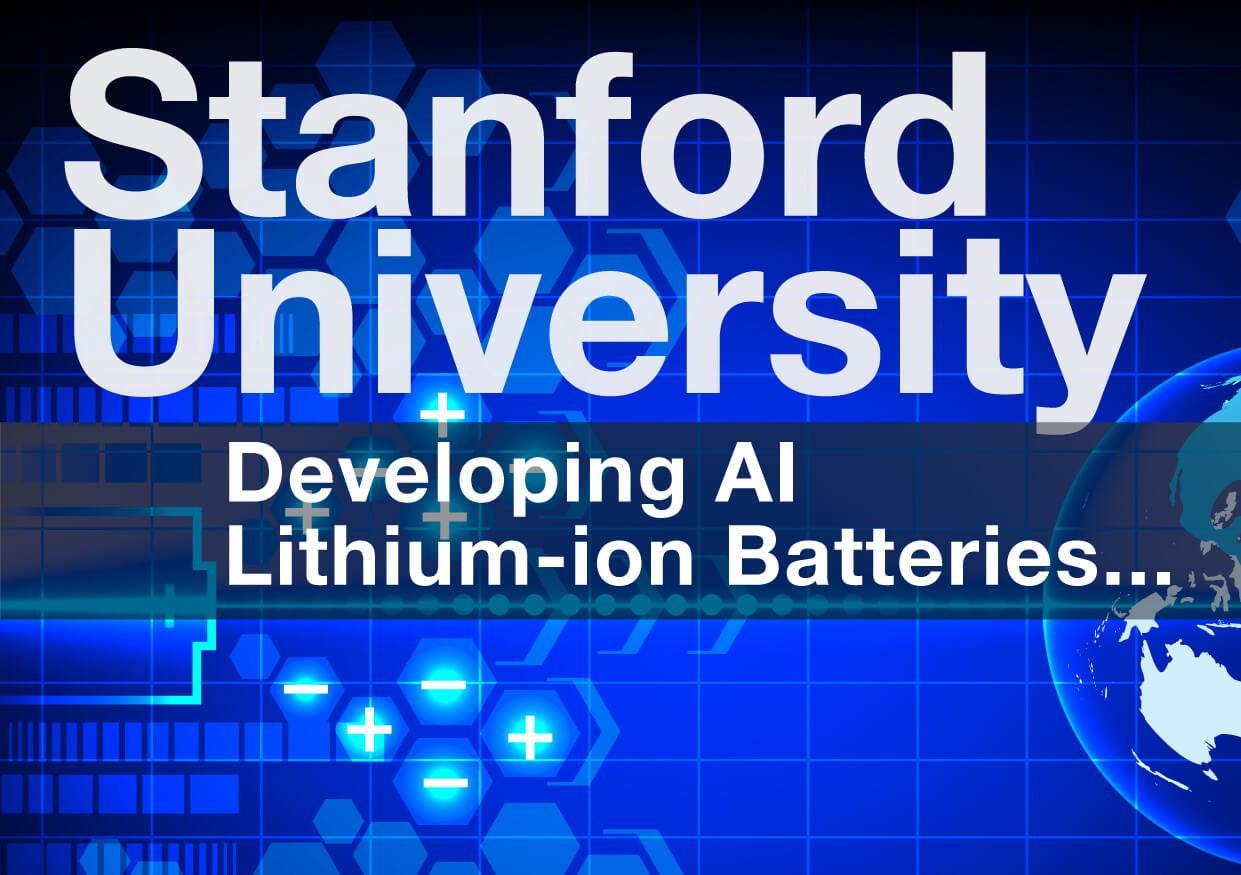Stanford University Developing AI Lithium-ion Batteries
A few months ago, in October of 2016, Dashboard published an article on Samsung’s catastrophe regarding lithium-ion batteries and how they caught fire, leading to a wide-scale recall.
Even though the occurrence had been a very unfortunate one, we argued it could be a great opportunity for the battery industry that had made nearly no commercially visible developments in lithium-ion batteries in the last 40 years. Now, not a long time after the incident, exciting news from Stanford University is making waves.
As the disaster recognised the need for enhancements, Stanford University took to experimenting with various methods and technologies. What gave the most yield was a model common in AI and machine learning, where in the battery’s volatile liquids are replaced with solid electrolytes. According to them, they would be safer, as the danger of catching fire is significantly smaller.This also addresses the problem that Samsung had with Note7s. “The main advantage of solid electrolytes is stability,” says Austin Sendek, Stanford University’s Doctoral Candidate. “Solids are far less likely to blow up or vaporize than organic solvents. They’re also much more rigid and would make the battery structurally stronger.”
The problem that the batteries were facing until now was that at room temperature liquid electrolytes work much more efficiently than their solid counterparts. What the Stanford team did was train an algorithm to identify efficient compounds instead of randomly testing them out, like before. This allows the algorithm to screen compounds considerably faster. Their end goal is to find the one material most suited to real life conditions from the 21 most promising ones they have separated from over 12,000.
Dashboard is thrilled to see where this research can lead and is happy to know a solution is being sought for the complex lithium-ion batteries of today. They can provide power solutions for countless IoT devices and lead the industry by example to develop a new generation of batteries that are safer for the user and a surer bet for the supplying company. We expect to hear positive news soon and have a high confidence in the project.
